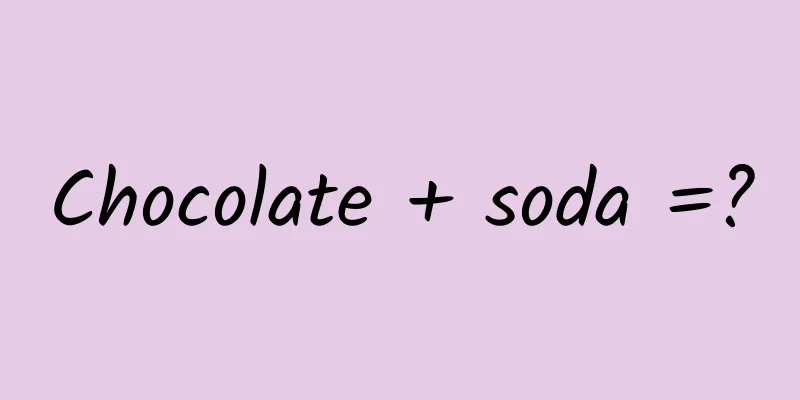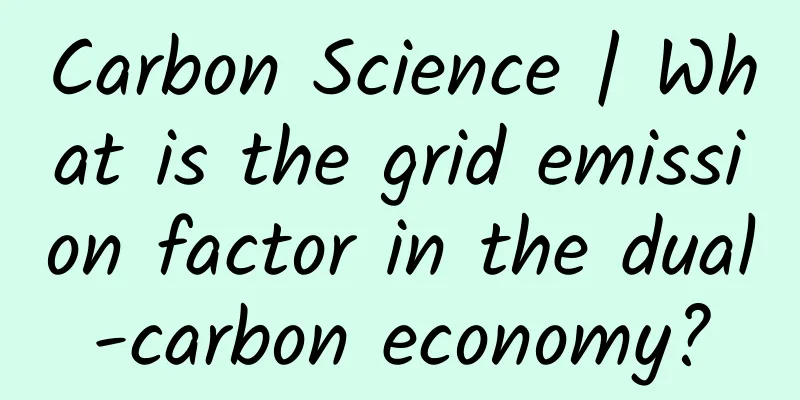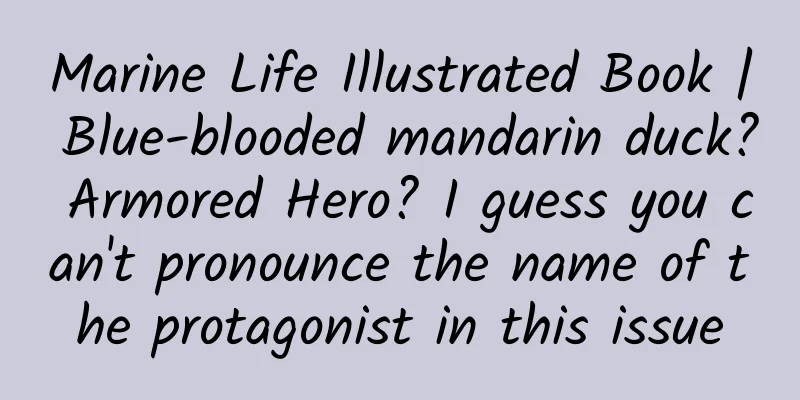Chocolate + soda =?

|
One day, I was eating chocolate and drinking soda water. Who knew that the chocolate would disappear with a shake of the hand? I looked down and found it floating in the cup. The foodie’s desire to explore is now aroused! Experimental equipment Marked cup, sparkling water, beaker, chocolate, knife Experimental procedures First, we cut the chocolate into long strips. Then, drop it into a beaker of soda water. After a while, a layer of bubbles will form on the surface of the chocolate. Three situations may occur afterwards: 1. Larger or squarer chocolates will sink to the bottom of the beaker 2. Smaller or thinner chocolates float on the water 3. The right size chocolate moves up and down in the beaker Sometimes the undulating chocolate gets stuck on the water surface. Rub some chocolate crumbs into it. Making the water a little cloudy will help the chocolate continue to rise and fall. We can also try to cut out more shapes for the chocolate The movement trajectory of chocolate will also become rich and interesting Principle Explanation When chocolate is put into soda water, carbon dioxide formed by the decomposition of carbonic acid adheres to the surface of chocolate, providing a certain amount of buoyancy. When the buoyancy of bubbles and chocolate overcomes the gravity of chocolate, the chocolate as a whole will rise; when chocolate touches the water surface, bubbles at the junction of chocolate and water escape, and the buoyancy is not enough to overcome gravity, so chocolate sinks again. Since the amount of bubbles attached to the surface is roughly proportional to the surface area, if the specific surface area is too small, the chocolate will not float even if it is completely attached with bubbles; on the contrary, if the specific surface area is too large, it can continue to float when it floats to the water surface with only the bubbles on the bottom and sides. Only chocolate with a moderate specific surface area can complete the reciprocating sinking and floating. In actual experiments, due to the high surface tension of water, it is possible that when the chocolate floats to the surface, the bubbles above it cannot escape due to the surface tension. At this time, if there is some oil on the surface of the water to reduce the surface tension, the chocolate can start to move up and down. If the chocolate has a special shape, such as one end is larger than the other, then when it first floats up, only the bubbles at one end will escape. After sinking, because there are more bubbles at the other end, it will flip under the action of the resultant torque, resulting in the swinging motion shown in the last picture. Editor: Litchi Source: Institute of Physics, Chinese Academy of Sciences |
<<: Do you like to eat smelly food? It smells like monkey shit!
Recommend
iPad air 2 is coming: is the gravedigger of notebooks coming?
Recently, there have been media reports that acco...
Ye Maozhong's Marketing Strategy Notes
1. Tribute to Mr. Ye Maozhong There is one thing ...
Shocked! H1N1 flu can also cause white lungs! These groups should not be careless
Recently, the news that a 9-year-old boy in Zheji...
Fan value report of 4 major platforms: teach you how to do well on Weibo, WeChat, Douyin and Xiaohongshu!
In the era of traffic, the importance of fans is ...
Online traffic generation skills for training institutions!
Education is the foundation of a country. Parents...
How can a small piece of "skin" be able to "tell stories of the ages in one breath and command millions of soldiers with both hands"?
Chengdu is a place you won't want to leave on...
WHO warns! A new variant of the coronavirus is coming, and the existing vaccine system is at risk
The COVID-19 pandemic has lasted for two years si...
Shi Sanxi's Feng Shui series of lessons: Even a novice can control the four mythical beasts to change Feng Shui
Shi Sanxi's Feng Shui series of lessons: Even...
Extremely sharp! Every year people are injured by it
The grass is green and the birds are singing, the...
Intel's return to discrete graphics: built on core graphics with 1.542 billion transistors
Intel occupies most of the world's graphics c...
IBM's latest quantum computing progress: Is quantum computing's chatGPT moment coming soon?
In June 2023, IBM Quantum and its partners, inclu...
Windows Phone's itch for domestic market share
Windows Phone (abbreviated as WP) is a mobile pho...
Better-for-you 3D printing "living" ink is here, a new toolkit for synthetic biology
The concept of 3D printing technology has become ...
12-inch iPad Pro is coming soon!
A foreign Apple device hacker named Steve TS disc...
How to find out the reason for the sudden drop in website traffic?
The most critical task of website operation is tr...









